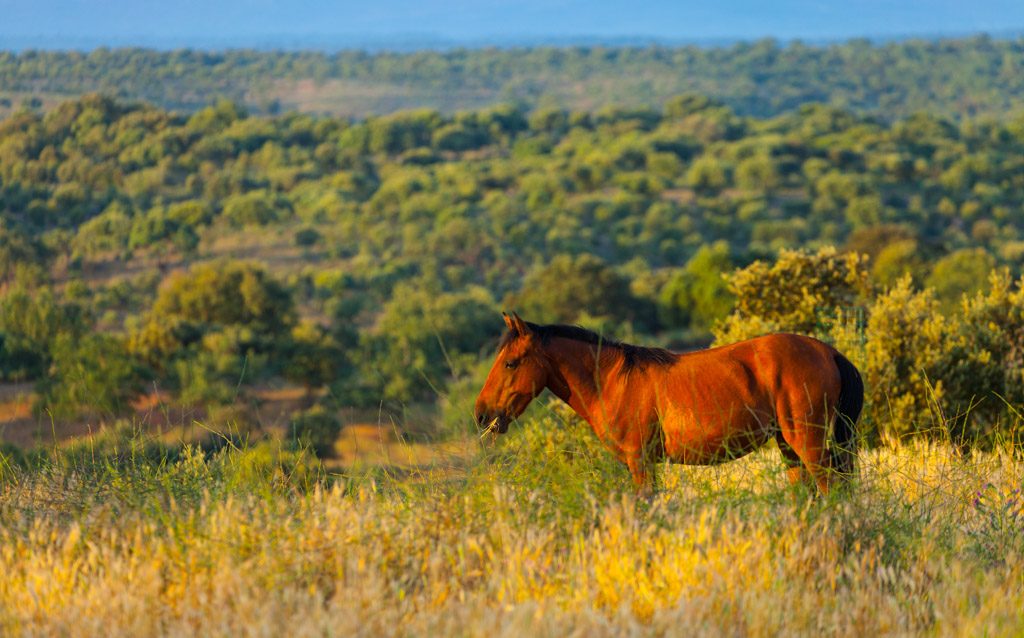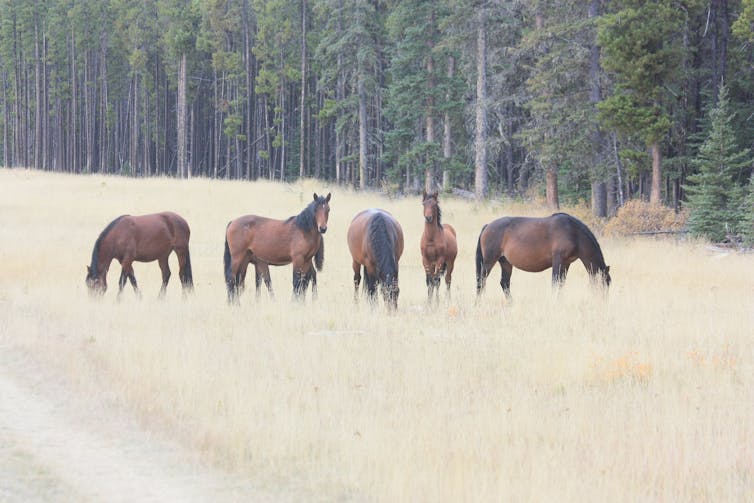Horses and Wildlife: Sharing Natural Spaces

Exploring the dynamic relationship between horses and wildlife reveals the delicate balance of ecosystems where these animals coexist. This article delves into how horses and wildlife share natural habitats, the benefits and challenges of their interactions, and ways to promote harmonious coexistence.
Introduction
Horses, both wild and domesticated, often inhabit or traverse natural spaces that are also home to diverse wildlife species. Understanding how these animals interact within shared environments is crucial for conservation efforts and sustainable land management.
The Natural Habitats of Horses and Wildlife
| Habitat Type | Description | Common Wildlife Species | Horse Presence |
|---|---|---|---|
| Grasslands | Open areas dominated by grasses and herbs | Deer, rabbits, foxes, birds | Wild horses, grazing domesticated horses |
| Forest Edges | Transitional zones between forests and open land | Squirrels, owls, raccoons | Horses often graze near edges |
| Wetlands | Areas saturated with water, supporting diverse flora and fauna | Amphibians, waterfowl, beavers | Occasionally visited by horses |
Interactions Between Horses and Wildlife
Positive Interactions
- Seed Dispersal: Horses contribute to spreading plant seeds through their manure, aiding plant diversity.
- Habitat Maintenance: Grazing by horses can help maintain open habitats, benefiting certain wildlife species.
Challenges and Conflicts
- Competition for Resources: Horses and wildlife may compete for food and water, especially in scarce conditions.
- Disease Transmission: Close proximity can facilitate the spread of diseases between horses and wild animals.
- Habitat Disturbance: Overgrazing by horses can lead to habitat degradation, affecting wildlife.
Promoting Coexistence
Best Practices for Land Management
- Implement rotational grazing to prevent overuse of areas.
- Maintain water sources accessible to both horses and wildlife.
- Preserve natural vegetation buffers to protect sensitive habitats.
Conservation Efforts
- Monitoring horse populations in wild areas.
- Collaborating with wildlife conservation groups.
- Educating the public on responsible horse management.
Frequently Asked Questions (FAQ)
Q1: Can horses and wildlife peacefully share the same space?
A1: Yes, with proper management and understanding of their needs, horses and wildlife can coexist harmoniously.
Q2: Do horses pose a threat to native wildlife?
A2: While horses can compete with wildlife for resources, responsible grazing and habitat management minimize negative impacts.
Q3: How does horse grazing benefit wildlife habitats?
A3: Grazing helps maintain open areas, promoting biodiversity by supporting species that thrive in such environments.
Q4: What are the risks of disease transmission between horses and wildlife?
A4: Diseases like equine influenza or parasites can spread if animals are in close contact; monitoring and veterinary care are essential.
Conclusion
Sharing natural spaces between horses and wildlife requires a balanced approach that respects the needs of all species involved. Through informed management and conservation, these animals can thrive together, preserving the richness of our ecosystems.
This article provides a detailed, SEO-friendly overview suitable for blog publication, incorporating tables, lists, and FAQs to engage readers and enhance understanding.
